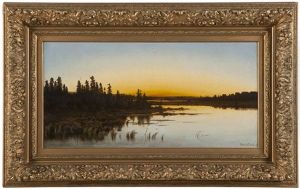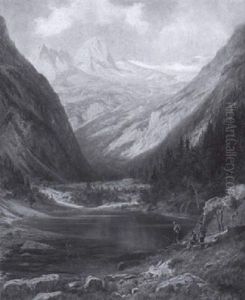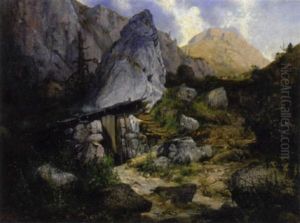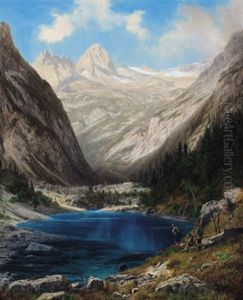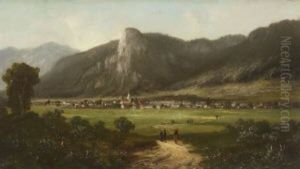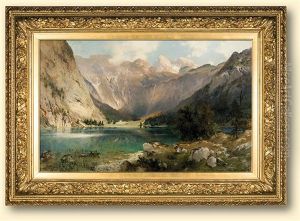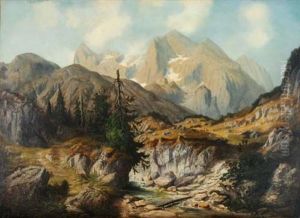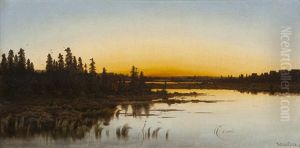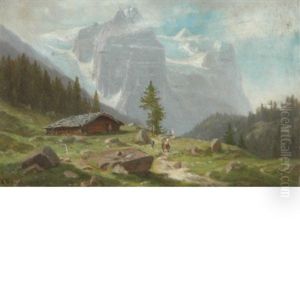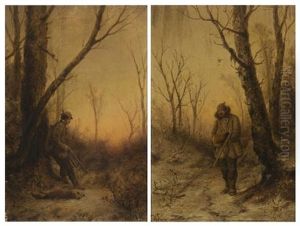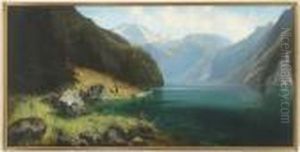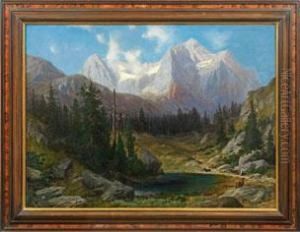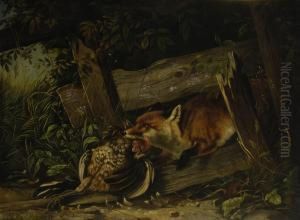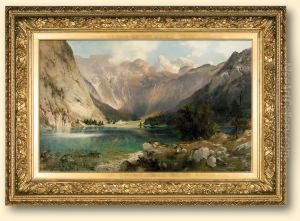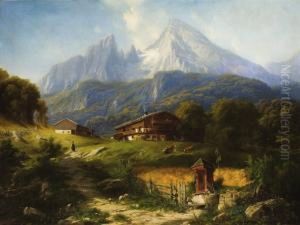Willibald Wex Paintings
Willibald Wex was a German painter and artist, known for his contributions to the art world during the 19th century. Born on October 27, 1831, in Brunswick, Germany, Wex embarked on his artistic journey at a relatively young age. His early education in art was rooted in the rich cultural atmosphere of Germany, which was home to a burgeoning art scene during that period. Wex's artistic talents were honed under the tutelage of several prominent artists of the time, which greatly influenced his development and style.
Wex's body of work predominantly features landscapes, portraits, and historical scenes, showcasing his versatility and keen eye for detail. He was particularly adept at capturing the subtle nuances of light and shadow, which added a lifelike quality to his paintings. His landscapes, often depicting serene and idyllic scenes, were celebrated for their realism and depth, making him a respected figure among his contemporaries.
Throughout his career, Willibald Wex exhibited his work in various prestigious galleries and exhibitions across Germany and beyond. His contributions to the art world were recognized by his peers and art critics alike, earning him a place among the notable artists of the 19th century. Despite facing the challenges of the changing art scene of his time, Wex remained true to his artistic vision, blending traditional techniques with his unique perspective.
Wex's influence extended beyond his lifetime, with his works continuing to be studied and admired by art enthusiasts and historians. His paintings are considered valuable pieces of 19th-century art, reflecting the cultural and historical context of the period. Willibald Wex passed away on July 27, 1892, leaving behind a legacy that continues to inspire and captivate the imagination of those who appreciate fine art. His contribution to the German art scene of the 19th century remains significant, marking him as a pivotal figure in the history of European art.
